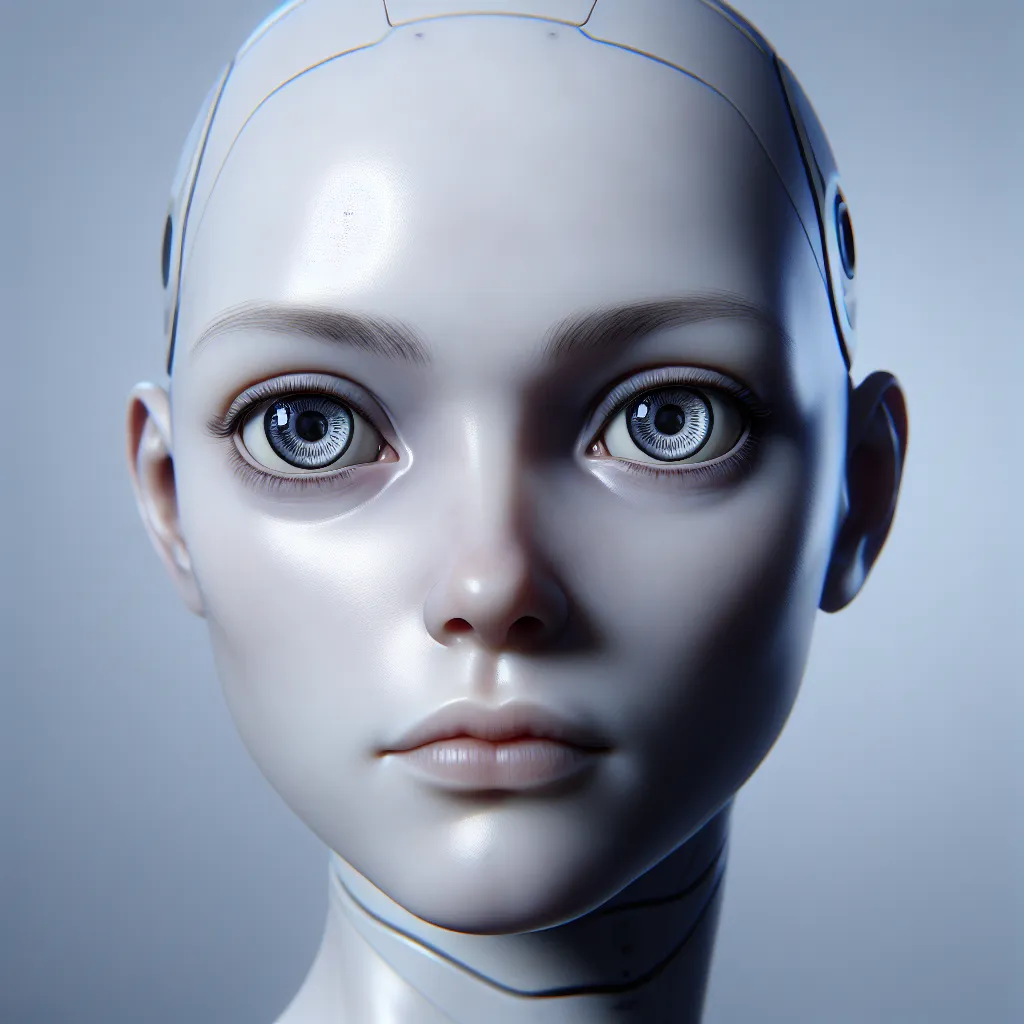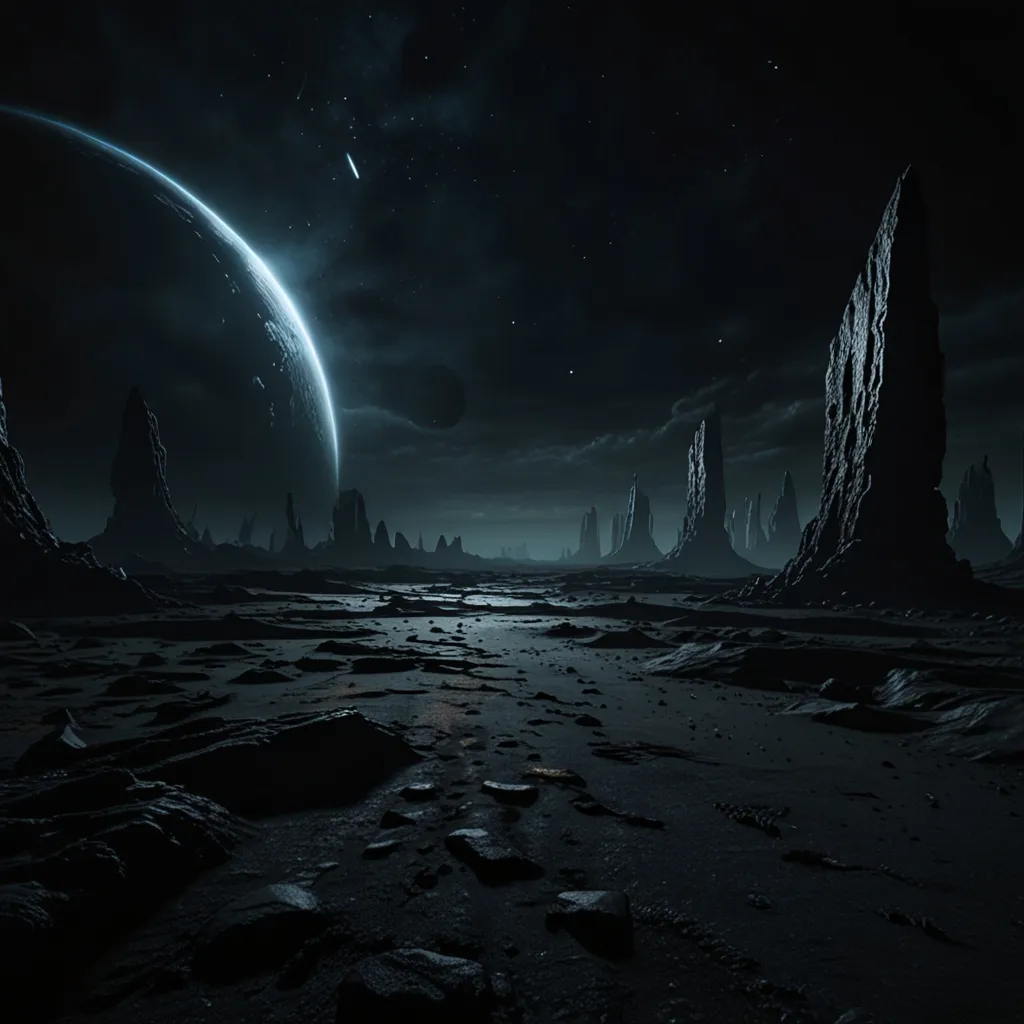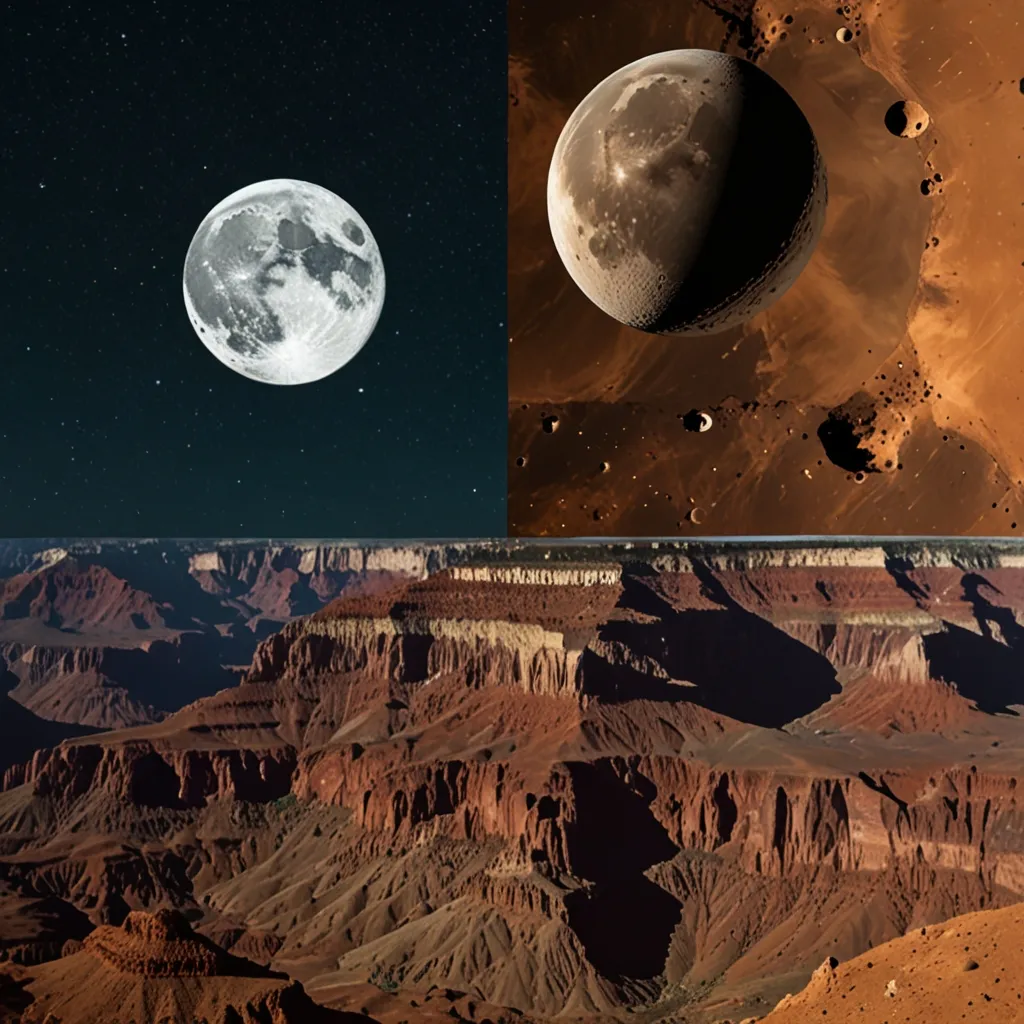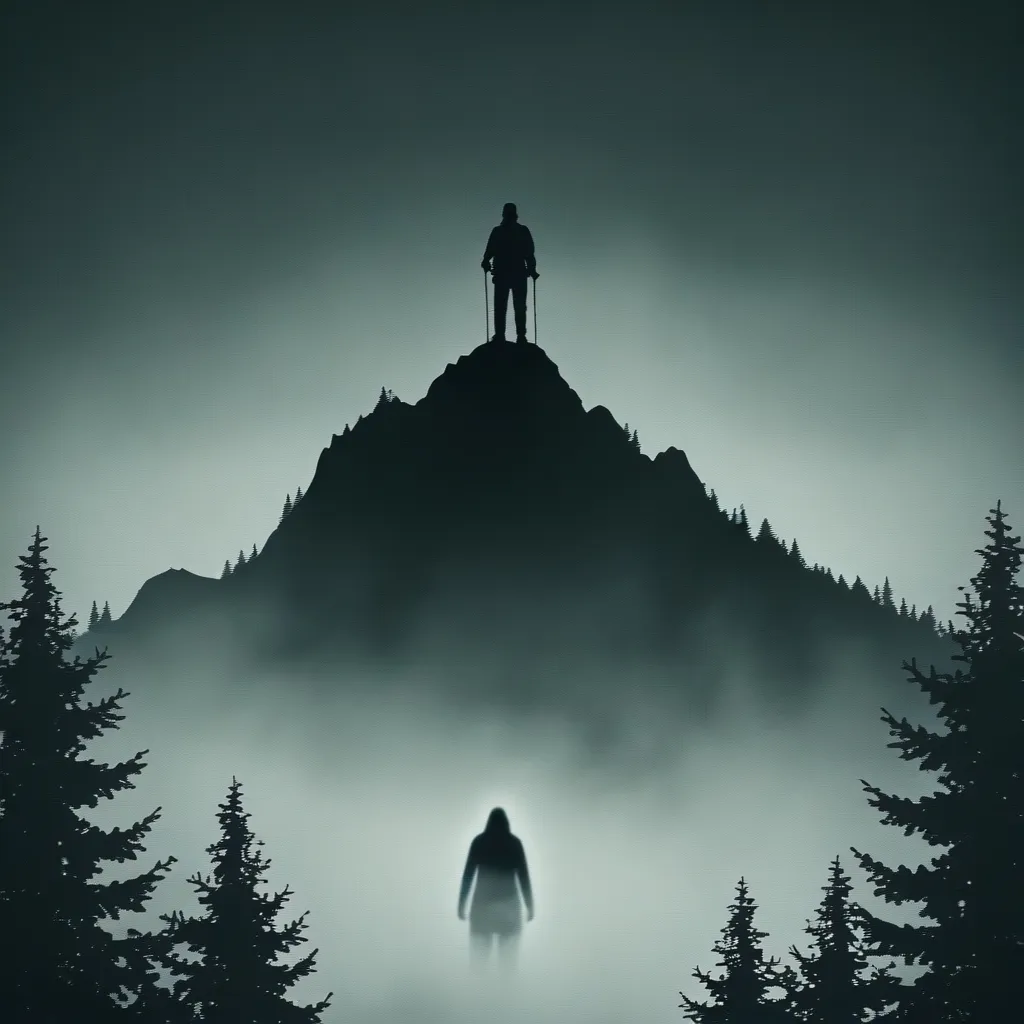The other night, my wife and I were watching “Christmas Chronicles” with Kurt Russell playing a singing Santa. Everything was going great until these creepy elves showed up and ruined movie night for me. They looked almost real but not quite, and it was unsettling. Have you ever seen something like an animation in “Polar Express” that just felt off? Or maybe a lifelike mannequin or a robot that looked wrong? It’s called the Uncanny Valley, and it can make you feel very uneasy.
The Uncanny Valley happens when something artificial looks almost human but isn’t quite there. This often leads to feelings of anxiety and discomfort. For instance, the movie “Polar Express” became infamous because its animation style landed right in this uncomfortable zone. Animation studios have since learned to avoid this by test-screening their films. An example is “Shrek,” where Princess Fiona was originally so lifelike she scared children. The creators had to make her more cartoonish to make her appealing.
This phenomenon isn’t limited to movies. Video game designers also work hard to avoid triggering the Uncanny Valley. The concept was first introduced in 1970 by Japanese roboticist Masahiro Mori, who noticed that as robots became more human-like, people found them more appealing until they reached a disturbing near-human likeness.
Shrek is a perfect example. While most remember it as a delightful film, its creators initially made Princess Fiona look too human, which was terrifying. They had to tweak her appearance to avoid landing in the Uncanny Valley. This adjustment made her more likeable and probably saved the film’s success.
In modern robotics, avoiding the Uncanny Valley is crucial. Honda’s robot ASIMO is well-loved because it looks and acts like a robot, not a human. If ASIMO had a human-like face, it would be far less appealing. Similarly, robots that look too human but act oddly make people uneasy. It’s all about balance and knowing when to stop making something too realistic.
Studies have shown that people do not trust robots that look almost human. This mistrust is partly because such robots appear to lack human consciousness, which can be spooky. For instance, in movies like “Blade Runner” and “Westworld,” robots almost indistinguishable from humans raise philosophical questions about what it means to be human.
Another factor bringing us into the Uncanny Valley is mismatched emotional expressions on virtual characters. If a character’s face doesn’t match their emotions, it can feel eerie. For instance, a smile with angry eyes can push viewers right into the Uncanny Valley, making them uncomfortable.
So, why do we react this way? It’s believed to be a self-preservation response encoded in our DNA through evolution. It’s a way to detect threats and insincere emotions, helping us avoid people we might perceive as harmful.
As technology advances, we’re getting closer to creating robots and AI that are indistinguishable from human life. The question is, how will we know when we’ve built a bridge across the Uncanny Valley?
That’s all for now. Have you experienced the Uncanny Valley? Share your thoughts in the comments! If you enjoyed this, give us a thumbs up, and if we haven’t earned your subscription today, we’ll keep creating fun, thought-provoking content until we do! Stay safe, be kind, and know that you are appreciated.






